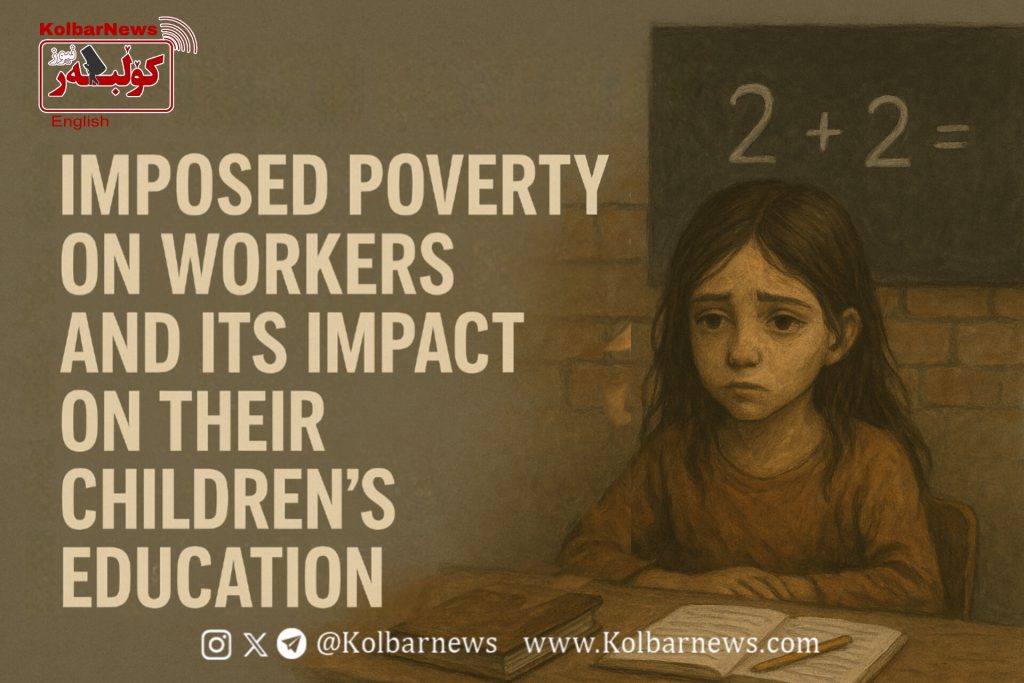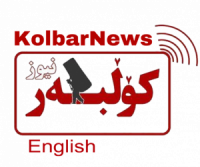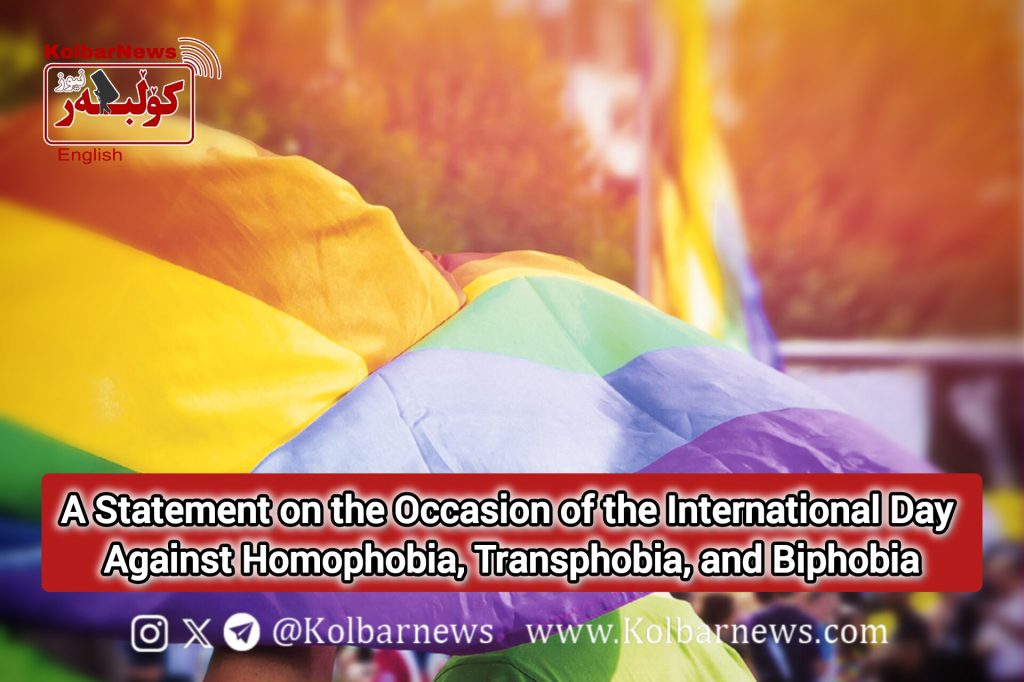
A recent analysis, grounded in a report by the Iranian Parliament’s Research Center titled “Monitoring the Dimensions of Poverty in 2023: Educational Poverty”, explores the correlation between income poverty and educational deprivation. It reveals a sharp decline in the quality of education in underprivileged regions, particularly among low-income households, largely due to economic hardship.
The data shows a significant percentage of children aged 12 to 17 lacking a basic elementary education in provinces like Kermanshah (22.1%), West Azerbaijan (27.1%), Khuzestan (36.1%), and Sistan and Balochistan (22.3%). Concurrently, the government’s public education budget has declined despite a growing student population, severely reducing per-student spending. This budgetary neglect, coupled with decreased household investment in education, has deepened educational inequality, while affluent households still access high-quality education, poorer families are increasingly excluded.
Economic pressures became particularly visible during the 2018–2019 academic year, especially at the middle and high school levels. The government’s role in exacerbating poverty among working-class families has gone largely unacknowledged in official narratives.
Mohammad Habibi, spokesperson for the Iranian Teachers’ Union Coordinating Council and a former political prisoner, highlighted the reality that many children in Iran still lack access to even the most basic educational resources. He noted that many working-class families, often illiterate themselves and economically strained, have no access to learning environments for their children. He cited an alarming statistic: one million children were out of school last year, a number likely to increase due to worsening poverty, inflation, and hardship.
Habibi emphasized the failure of Iran’s educational policies, pointing to their inability to improve either educational quality or literacy rates. According to the parliamentary research, 34.4% of those who passed the 2023 university entrance exam came from the top two income deciles, while only 1.9% were from the bottom two. Habibi concluded that Iran is witnessing a form of class-based education where the top tiers of society enjoy vastly superior resources, while the government has increasingly shifted the financial burden of public schools onto parents, through various indirect means.
He added that public schools now receive so little attention that their support is limited to teachers’ salaries. Over 70% of public schools are in decaying buildings in urgent need of renovation, and the limited facilities they have are outdated and worn.
Despite governing one of the wealthiest countries in the world, the Islamic Republic has impoverished 70% of workers and laborers. Rampant corruption, massive budgets allocated to religious foundations, the Revolutionary Guard, intelligence agencies, propaganda machines, and foreign interventions all driven by an exploitative capitalist logic have fueled widespread deprivation. In its neoliberal form, capitalism thrives on keeping workers poor enough to lack leisure, yet just capable of survival to sustain the labor force. This dynamic is glaringly apparent in Iran.
Nevertheless, people have not remained silent. The poor and working masses rose in protests during the uprisings of December 2017 and November 2019.
They reemerged powerfully in the revolutionary movement of 2022–2023 under the slogan “Woman, Life, Freedom.” This time, the struggle against poverty intertwined with broader fights against dictatorship, religious fundamentalism, and patriarchy.

